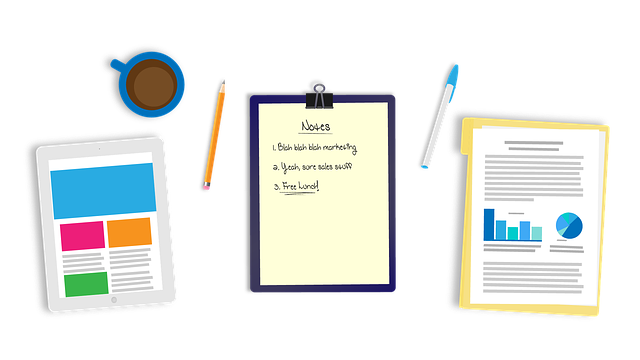AI landscaping technologies, leveraging satellite data analysis and 3D terrain mapping, are transforming urban planning, environmental conservation, and construction by providing accurate digital landscapes with vegetation, soil, and historical land use data. Integrating these tools into AI daily job dispatch systems optimizes resource allocation, automates task allocation using real-time data, minimizes errors, enhances decision-making, and revolutionizes landscaping practices, promising increased efficiency and improved project outcomes while facing initial cost and learning curve challenges.
“Unleash the Power of AI in Landscaping: Revolutionizing 3D Terrain Mapping
The integration of Artificial Intelligence (AI) in landscaping is transforming the way we design and manage outdoor spaces. This article explores AI’s potential through two key aspects: 3D terrain mapping technology and efficient job dispatch systems. We delve into how AI can enhance workflow management, offering benefits like optimized tasks and resource allocation. Additionally, we examine the challenges of adopting this technology and its impact on landscaping practices.”
- Understanding AI Landscaping and 3D Terrain Mapping Technology
- Daily Job Dispatch Systems: Leveraging AI for Efficient Workflow Management
- Integrating AI into Landscaping Practices: Benefits and Challenges
Understanding AI Landscaping and 3D Terrain Mapping Technology

AI landscaping and 3D terrain mapping technology have emerged as game-changers in various industries, revolutionizing how we perceive and interact with our surroundings. This innovative approach leverages artificial intelligence (AI) algorithms to create detailed digital representations of landscapes and terrains, offering a wealth of benefits across sectors such as urban planning, environmental conservation, and construction.
At its core, AI landscaping involves using machine learning models to analyze vast amounts of data from satellite imagery, aerial photography, and other sources, enabling the generation of highly accurate 3D terrain maps. These maps not only include topographical details but also incorporate attributes like vegetation density, soil types, and even historical land use information. Integrating such technology into daily job dispatch systems using AI can streamline operations by optimizing resource allocation, enhancing decision-making processes, and ultimately improving project outcomes.
Daily Job Dispatch Systems: Leveraging AI for Efficient Workflow Management

In the realm of AI landscaping, efficient workflow management is paramount for maximizing productivity and ensuring project completion within set deadlines. AI daily job dispatch systems emerge as a game-changer, leveraging advanced algorithms to streamline operations across vast landscapes. These systems intelligently allocate tasks to personnel or machinery based on real-time data, such as resource availability, terrain conditions, and project priorities.
By automating the dispatch process, AI not only reduces human error but also optimizes job sequences, minimizing travel time and maximizing machine utilization. This results in a more vibrant and bustling landscape management experience, where every aspect of the operation contributes to enhancing overall efficiency and quality. In today’s digital era, adopting AI daily job dispatch systems is a surefire way to revolutionize landscaping practices and set new standards for excellence.
Integrating AI into Landscaping Practices: Benefits and Challenges

Integrating AI into landscaping practices offers a myriad of benefits, revolutionizing how professionals approach terrain mapping and design. With advanced 3D terrain mapping technology, AI daily job dispatch systems using AI can enhance efficiency and accuracy. These systems can analyze vast amounts of data, including satellite imagery and geographic information systems (GIS), to generate detailed digital representations of landscapes. This enables landscape architects and designers to make informed decisions, visualize projects before implementation, and optimize site planning.
However, challenges exist in adopting this technology. Initial costs for implementing AI solutions can be steep, requiring significant investments in software, hardware, and training. Additionally, there’s a learning curve involved in mastering AI tools, which may pose difficulties for those unfamiliar with their capabilities. Ensuring data privacy and security is another critical aspect, as landscaping projects often deal with sensitive location-based information. Despite these challenges, the advantages of AI integration in landscaping practices are significant, promising to transform the industry and elevate the quality of outdoor spaces.
AI landscaping and 3D terrain mapping technology are transforming the way we approach outdoor space. By integrating AI into daily job dispatch systems, landscaping professionals can achieve unprecedented efficiency in workflow management. This innovative use of AI not only streamlines tasks but also opens up new possibilities for creative design and sustainable practices. While there are challenges to adopt these technologies, the benefits far outweigh the difficulties. As AI continues to evolve, its impact on the landscaping industry will undoubtedly be profound, revolutionizing how we create and maintain our outdoor environments.
